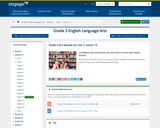
In this lesson, students compare and contrast sections of two texts about the poison dart frog.
- Subject:
- English Language Arts
- Material Type:
- Lesson Plan
- Provider:
- EngageNY
- Date Added:
- 04/26/2017

In this lesson, students compare and contrast sections of two texts about the poison dart frog.
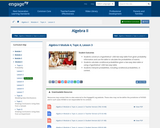
Students learn a more formal definition of conditional probability and are asked to interpret conditional probabilities. Data are presented in two-way frequency tables, and conditional probabilities are calculated using column or row summaries.

Builds on students' previous work with conditional probabilities to define independent events. In previous lessons, conditional probabilities were used to investigate whether or not there is a connection between two events. This lesson formalizes this idea and introduces the concept of independence.

Students calculate probabilities given a two-way table of data, construct a hypothetical 1000 two-way table given probability information and interpret probabilities in context.
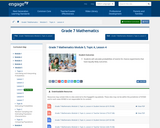
In this lesson, students calculate probabilities of events for chance experiments that have equally likely outcomes.
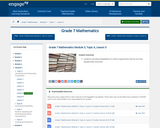
In this lesson, students calculate probabilities for chance experiments that do not have equally likely outcomes.
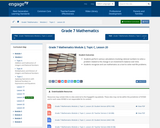
In this lesson, students perform various calculations involving rational numbers to solve a problem related to the change in an investment's balance over time. Students recognize and use mathematics as a tool to solve real-life problems.
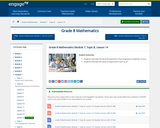
For this lesson, students calculate the decimal expansion of pi using basic properties of area. Students estimate the value of expressions such as pi2.
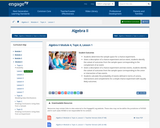
Students determine the sample space for a chance experiment. Given a description of a chance experiment and an event, students identify the subset of outcomes from the sample space corresponding to the complement of an event. Given a description of a chance experiment and two events, students identify the subset of outcomes from the sample space corresponding to the union or intersection of two events. Students calculate the probability of events defined in terms of unions, intersections, and complements for a simple chance experiment with equally likely outcomes.

In this lesson, students understand how choice of unit determines how easy or difficult it is to understand an expression of measurement. Students determine appropriate units for various measurements and rewrite measurements based on new units.
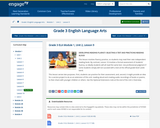
In this lesson, students choose a text of interest to them and demonstrate fluency when reading stories or poems for an audio recording.
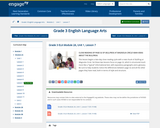
In this lesson, students This lesson begins a two-day close reading cycle with a new chunk of Bullfrog at Magnolia Circle. Yet these two lessons focus on page 32, which is structured much more like a "typical" informational text, with expository paragraphs and a glossary.
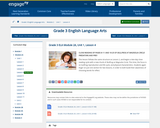
This lesson follows the same structure as Lesson 2, and begins a two-day close reading cycle with a new chunk of Bullfrog at Magnolia Circle. This time, the focus is on bullfrog reproduction and life cycle, and physical characteristics. Students again linger on just one section for two lessons, in order to both build their awareness of choosing words for effect.
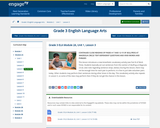
This lesson introduces a new kinesthetic vocabulary activity (see Part B of Work Time). Students basically act out sentences from this section of Bullfrog at Magnolia Circle.
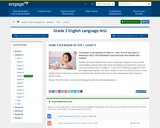
In this lesson, students continue close reading of pages 8-11 and 16-25 of Bullfrog at Magnolia Circle.
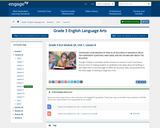
This lesson focuses on helping students to synthesize main ideas about the bullfrog. It also helps them to see how page 32 differs (in structure, style, and purpose) from the other pages of Bullfrog at Magnolia Circle.

In this lesson, students begin to explicitly focus on their ability to engage in collaborative discussions.
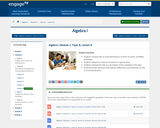
Students compare two or more distributions in terms of center, variability, and shape; Students interpret a measure of center as a typical value; Students interpret the IQR as a description of the variability of the data; Students answer questions that address differences and similarities for two or more distributions.
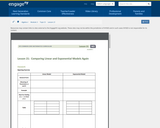
Students create models and understand the differences between linear and exponential models that are represented in different way.
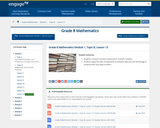
In this lesson, students compare numbers expressed in scientific notation. Students apply the laws of exponents to interpret data and use technology to compute with very large numbers.